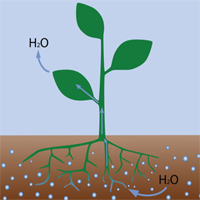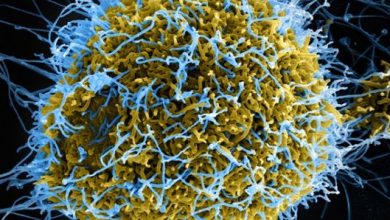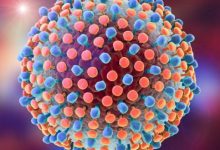Lorenz oken cell theory and Robert brown cell theory Definition
The cell can be defined as a structural and functional unit of life. It is the smallest unit of the body. It can perform all the activities of life. The cells are the building blocks of complete multicellular organisms. The following scientists played their role in the formulation of the cell theory:
Robert Hooke (1665)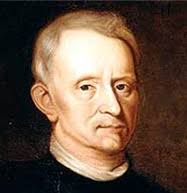
He discovered a cell in 1665. His work on the cell was published in “Micrographia”. He prepared a thin section of cork. Cork is made up of dead plant material. Hooke studied this section under his self-made compound microscope.
He observed that the cork was composed of minute honeycomb compartments. He called them cells. He described the cell as an empty space. They are covered by thick walls.
Lorenz Oken (1805)
He was a German Scientist. He believed that all the organisms originate from vesicles. So these organisms consist of vesicles or cells.
Jean Baptist de-Lamarck (1809)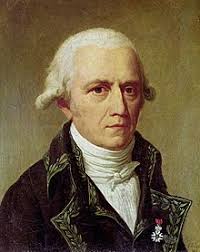
He also believed that a body cannot have a life without cellular tissues. All its parts are formed by cellular tissues.
Robert Brown (1831) (Discovery of Nucleus)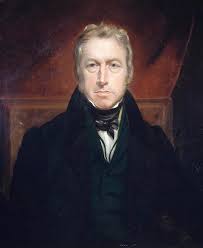
He discovered the nucleus in the cell in 1831. It changed Hooke’s idea that the cells have empty spaces. He proved that the cell is not an empty space.
Theodor Schwann and Schleiden
Schwann was a German Zoologist (1839) and Schleiden was a German Botanist (1838). Both of these scientists were working independently. They formulated Cell Theory. They find that the cell consists of 3 basic parts:
- Nucleus, present in the middle.
- Cytoplasm, it surrounds the nucleus.
- Plasma Membrane, it forms an outer thin covering.
Cell Wall is an additional structure. It is present only in plants. They observed plant and animal material and formulated the following cell theory: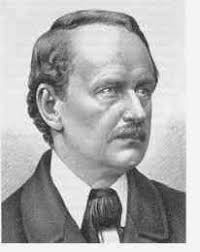
The cell theory states, “All the living organisms are composed of cells and cell products”. It is the most generalized theory in biology. This theory has great effects on biological research. Many details of the cell were studied. The cell theory was extended on the basis of these studies.
Rudolph Virchow (1855) (Extension in Cell Theory)
He was a German Physician. He made a hypothesis that the new cells are formed only by the division of previously living cells. In Virchow’s words, “Omnis Cellula e Cellula”. At that time there were two ideas about the origin of life.
- Abiogenesis: It states that living things arise from non-living things. It was the most popular idea of that time.
- Biogenesis: It states that living things arise only from living things.
Virchow’s hypothesis supported the idea of biogenesis and opposed the idea of Abiogenesis. On the basis of Virchow’s hypothesis, a new working definition of the Cell Theory was formed:
It states that “Living things are chemical organizations. These are composed of cells and capable of reproducing themselves”.
Louis Pasteur (1862)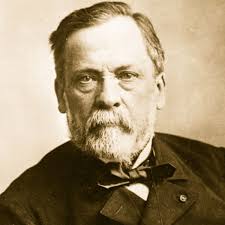
He was one of the greatest scientists of his time. He supported the Virchow’s hypothesis with experiments. He proved that microorganisms (bacteria) could be formed from existing microorganisms.
August Weismann (1880)
He said, “All presently living cells have a common origin because they have basic similarities in structures and functions”. There are fundamental similarities in the chemical composition, metabolic activities, and structures of the organisms. Some small differences may be present.
Therefore, the cells are basically similar but extraordinarily versatile. Thus, the cell is the structural and functional unit of the living organisms. So, cell theory is a very important unifying concept.
Salient Features of Cell Theory
Cell theory has the following salient (important) features:
- All organisms are composed of one or more cells.
- All cells arise from pre-existing cells.
- The cell is the basic structural and functional unit of all the organisms.
The cell as a unit of Structure and Function
A cell is a unit of structure and function in living organisms. There is a division of labor among cells in multicellular organisms. Different cells are specialized for different functions. Different cells and different components of the cells perform different activities.
It results in the functioning of the whole organism. These cells perform different functions. So, they show great variations in shapes and structures. Despite these variations, the plant cells and animal cells have a common plan of the organization.
For example:
Animals
- Muscle Cells contract and relax.
- Nerve Cell transport impulses.
- Gland cells secrete hormones.
- Red Blood cells carry oxygen.
- Some Stomach Cells secrete gastric juice.
Plants
- Xylem cells conduct water and mineral salts from soil to the plant bodies.
- Phloem cells translocate food.
- Sclerenchymatous cells give support to the plant.
- Chlorenchymatous cells carry out photosynthesis.
- Parenchymatous cells store surplus food.
- Meristematic cells produce new cells for growth and development.
Resolution of Eye and Microscopes
The human eye can differentiate between two points, which are at least 1.0mm apart. This is known as the resolution of the eye. This resolution can be increased with the help of lenses. These lenses are used in microscopes.
Microscopes have played an important role in the discovery of different cellular organelles. The improvement in resolution power has increased the discovery of different new organelles. There are two types of microscopes.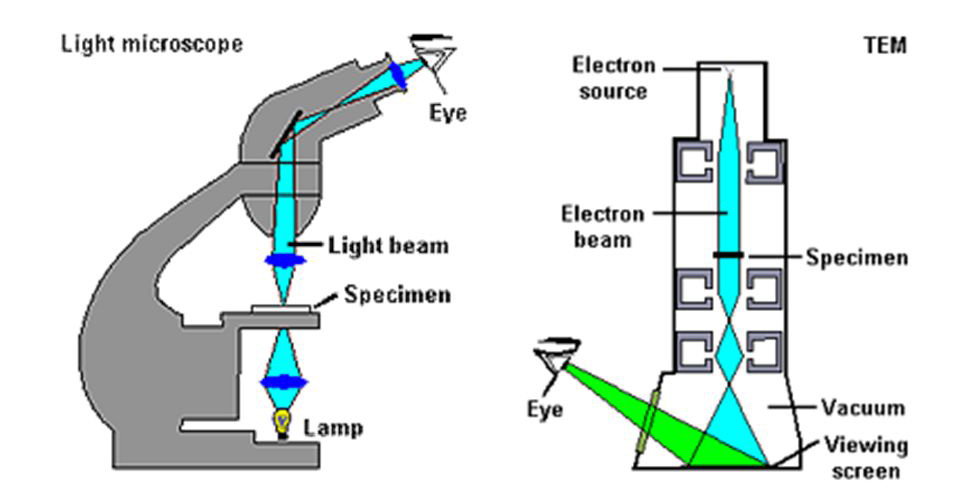
Compound Microscope
The source of illumination for a compound microscope is visible light. A compound microscope is a typical laboratory microscope. Its resolution is 2μm. Its resolution is 500X (times) of the human eye.
The microscope has two lenses: ocular (eyepiece) and objective. The typical power of the ocular can be 5X and 10X and so on. The power of the objective can be 20X, 40X, and 100X, and so on. The magnification of a microscope can be determined by multiplying X values of the ocular with the X values of the objective. For example, the microscope with a 10X ocular lens and 40X objective lens have (10×40 = 400) 400 magnifying power. The resolution will remain the same i.e. 500X of the naked eye.
Electron Microscope
The source of illumination for an electron microscope is a beam of electrons. The resolution of the electron microscope is between 2-4 Angstrom. It makes the object 500X greater than the compound microscope and 250,000 greater than the naked eye. It means that two points which are 2-4 Angstrom apart can be differentiated with the help of an electron microscope.
